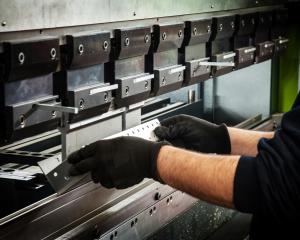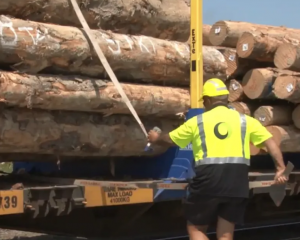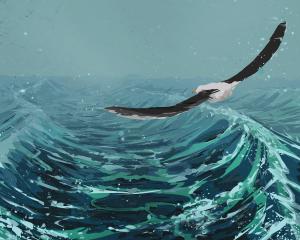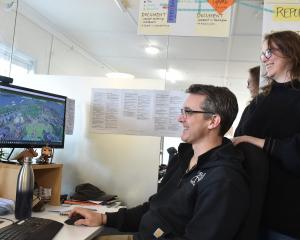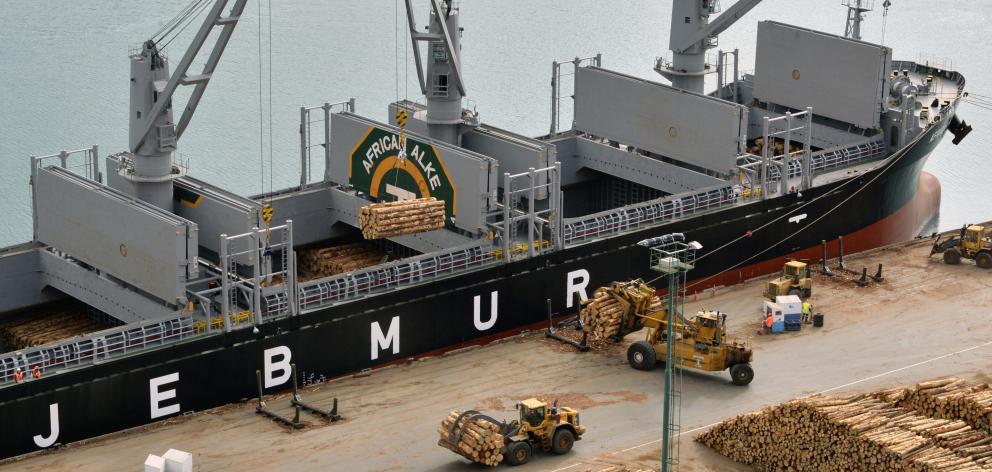
Otago Chamber of Commerce chief executive Dougal McGowan welcomed the news, highlighting that Otago GDP per capita had increased about 80% since 2000, while the GDP value had also doubled.
"If you were just looking at the percentage [gains] by population that would be significant when compared with Auckland," Mr McGowan noted.
He is upbeat about the next five to seven years in Otago, given a construction boom is yet to fully get under way in Dunedin, Central Otago remains constantly busy and there is also a prediction of a "peak period" coming for the forestry sector, in 2020-25.
"Diversity has been the key here, with forestry and fishing coming back online, given the downturn in dairy pricing a couple of years ago," he said.
"[Otago’s] construction came in at $770million, but there’s still a lot of projects to push through yet."
However, that boost would also heighten concerns already in the southern construction sector of a lack of skilled staff, from professionals to trades people. He also noted that while forestry, fishing and mining had ‘‘grabbed the headlines" in yesterday’s GDP data, accounting for $903million, manufacturing around Otago came in at $715million.
"That’s still a significant slice. It goes to show manufacturing is not dead at all in Otago, as some people have perceived," he said in reference to the imminent Cadbury closure and other small-business closures in recent weeks.
For the year ended March, the Bay of Plenty had a 7.7% gain in GDP, Auckland rose 6% and Otago was up 4.8%. The national average for the year was 4.1%.
Despite the ongoing effects of the global financial crisis, Canterbury earthquakes and drought in some areas, Statistics New Zealand said the economy expanded.
From 2011-16 the value of primary manufacturing increased "strongly", at 15.4%, driven mainly by dairy product manufacturing, while construction rose 12.5% and transport, postal and warehousing rose 10.1%.
Between 2011-16 Otago’s economy increased 22.3%, just below the national figure of 23.8%, with its contribution to GDP unchanged at 4.3%.
"The increase was broad-based, with strong contributions from rental, hiring and real estate services, owner-occupied property operation and construction," SNZ said.
During 2016, Otago’s 4.8% rise was credited primarily to an increase in fishing, forestry and mining, which had combined to offset a decrease in agricultural output.
Mr McGowan said "dark clouds on the horizon" could appear if, for example,
the US imposed a border tax, or if there was any volatility in global commodity prices affecting dairy, meat or log prices.
"In diversifying our exports we will hopefully mitigate some of the risks posed," he said.
He said a new trade deal with China would also mitigate some of the global risks elsewhere Economic Development Minister Simon Bridges said it was encouraging to see strong growth in regions like Bay of Plenty, Otago, Manawatu-Whanganui and Waikato.
Three of the 15 regions booked declines in GDP for the year to March, with Taranaki declining the most at 8.5%, the West Coast down 2.8% and Southland declining by 1%.
Those regions were either the most affected by the dairy downturn or the decline in New Zealand’s mining and oil and gas industries, Mr Bridges said.
The Government was working with Southland, Taranaki and the West Coast in particular.


